Succinic acid for plant fertilization
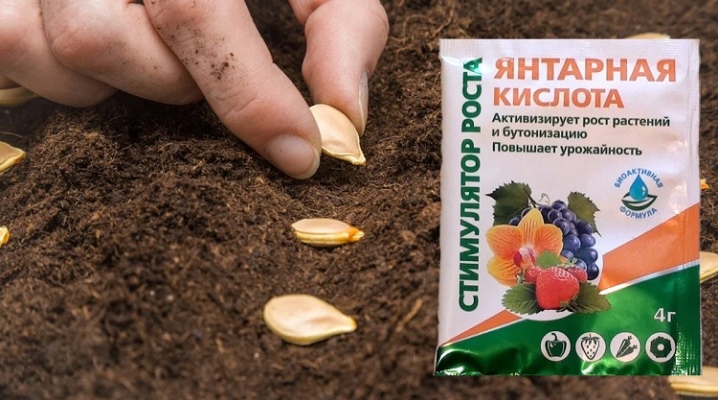
The anthropogenic impact of man on the environment, unfavorable climatic and weather conditions lead to the impoverishment and vulnerability of vegetation. The seed germination rate decreases, adult crops suffer from diseases and pests, and lag behind in development. To protect plants from such troubles, gardeners and gardeners actively use succinic acid, which is called amber among themselves.
What it is?
Succinic (butanedionic) acid first became known in the 17th century. Today it is isolated on an industrial scale from amber, brown coal, living organisms and plants. The substance is an important part of metabolic processes in any living organism and has established itself as a multifunctional source of energy, which has many indications. Butanedionic acid consists of crystals of white or transparent color, which are pressed into tablet form or used in the form of a powder.
The substance is safe for the environment and living organisms, including humans, dissolves well in warm water and is used for watering plants.
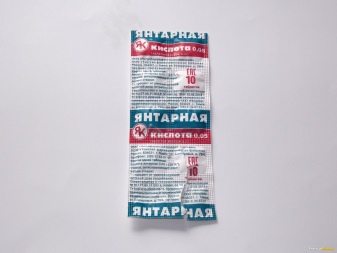
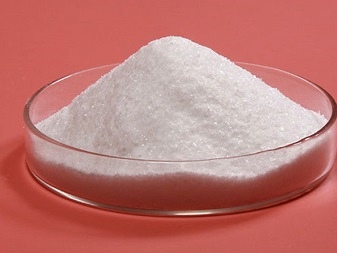
Advantages and disadvantages
The advantages of using succinic acid for different plant crops are associated with its effect on them and are as follows:
- it accelerates the production of chlorophyll in plant cells;
- promotes the absorption of the maximum amount of nutrients from the soil;
- activates the growth of green mass, strengthens the root system;
- helps young seedlings to quickly adapt to new conditions;
- affects the increase of immunity in plants, as well as their recovery after diseases;
- relieves vegetation tissues from nitrates and toxic substances.
The effectiveness of the benefits of succinic acid depends on the seasonality of its introduction, compliance with the dosage and proportion of the drug. Experts recommend starting the first processing of crops already at the stage of preparing seeds and seedlings. As garden crops grow and develop, they must be regularly not only sprayed and watered with a nutritious amber solution, but also fertilized with the missing microelements.
Additional advantages of amber are:
- versatility in application;
- harmlessness;
- affordable cost;
- the opportunity to purchase at any pharmacy or specialty store.
According to the gardeners, the drug has no drawbacks, except for the need to follow the instructions, which describe all the features of this tool.
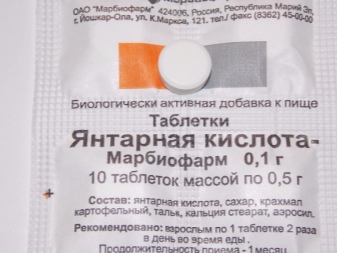

What is it for?
Succinic acid has a beneficial effect on the entire plant completely, does not harm, but, on the contrary, activates and accelerates the metabolic processes in it. In addition, it is intended for:
- seed preparation;
- improving the survival rate of young plants in a new place;
- facilitating the adaptation of a culture in unfavorable natural conditions for it: drought, high air humidity, late frosts, etc .;
- quick recovery and growth of the root system after transplanting to another place;
- improving the assimilation of all nutrients from the soil by the plant;
- more active gardening of the outer part of the culture: spraying promotes the appearance of shoots;
- normalization and restoration of beneficial microflora in the soil;
- accelerating the beginning of the flowering and fruiting period, increasing the quality and quantity of fruits;
- increasing immunity to diseases and harmful insects, damaged crops recover faster.
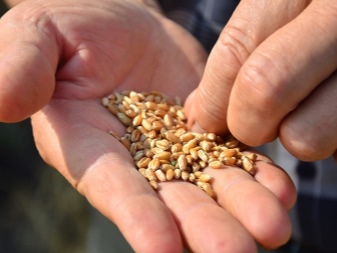

How to prepare the solution?
As mentioned above, succinic acid is available in the form of tablets or powder. In horticulture, it is used in large quantities in liquid form, therefore it is more expedient for this purpose to purchase a powder analogue of top dressing, which is packaged in capsules of 1 gram. For indoor plants, it is convenient to use the tablet form of the product. Although the composition of the pharmaceutical amber contains certain impurities, they do not pose a danger.
It is important to take into account that experts recommend using the prepared solution for no more than 5 days after its manufacture. To achieve a 1% concentration, it is necessary to dilute 1 gram of powder in warm water (glass), after 5-10 minutes. top up with clean water up to 1 liter. For a 0.01% solution, measure 100 ml of the base 1% composition, dilute with cool water to 1 liter. A 0.001 percent solution is prepared from 100 milliliters of a 1 percent solution diluted in 10 liters.
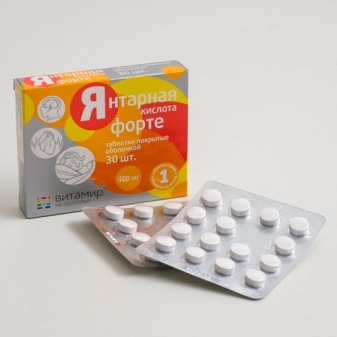
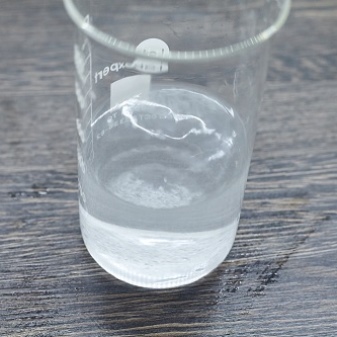
Instructions for use
Farmers are advised to change the concentration of the acid solution depending on: the type of plant, its processed part, the method of processing. Compliance with this recommendation will make feeding as useful as possible. In agronomy, different methods are used: watering at the root, soaking seeds, spraying the outer part of the plant. As already said, amber is not a fertilizer, but only helps plants to better adapt to the environment.
Therefore, in order to increase its effect, a few days before treatment, it is advisable to apply the main fertilizer under the roots of the crop by irrigation.
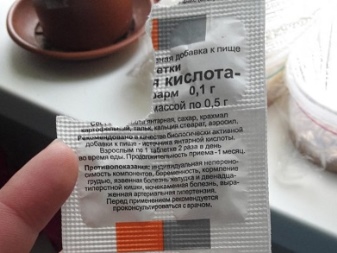
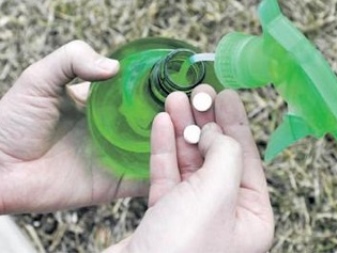
For vegetables
- It is better to start feeding vegetable crops in the pre-sowing period., which will make the seeds more resistant to various diseases, increase their germination. This is how old seeds are saved, as well as those that require special conditions for germination. The inoculum is placed in a 0.2% solution for 12-24 hours, after which it is dried in the fresh air, but in no case in the sun. Thus, you can prepare seeds of tomatoes, zucchini, cucumbers, eggplants, potato tubers.
- Seedling adaptation. In order for a young, not yet matured seedling to take root as quickly as possible after transplanting it into the garden, it is necessary to soak its roots together with soil tubers in 0.25% amber solution just before planting. It should be in it no more than 1 hour. An alternative method consists in 2 times external processing of seedlings with a solution of the same concentration on the day of planting it in a permanent place.
- Building up the root system. The strong rhizome of the plant gives more confidence that the crop will be healthy and the harvest rich. Root stimulation is carried out with a 0.2% solution of amber, which is introduced into the root zone of an adult plant to a depth of 20-30 cm. The procedure can be repeated no earlier than 7 days later.
- Enhanced growth and accelerated flowering. Such feeding makes it possible to achieve the appearance of shoots and activate budding and subsequent flowering. For this purpose, external spraying of the culture with a 0.1 percent solution is carried out. For the formation of flowers, this procedure is carried out 2-3 times before the start of the expected flowering. Strengthening the growing season and the appearance of new shoots in non-flowering crops can be achieved by spraying the stems and leaves with the preparation every 14-20 days.
- Antistress. Illiterate care, diseases, transplantation, frostbite, etc. are factors that pose a danger to the plant. Drooping stems, sluggish leaves, their falling off is not a complete list of adverse consequences that are the result of mistakes in caring for vegetable crops. A diseased plant can be brought back to life with a solution of succinic acid.For this purpose, a 0.2% solution of amber is used, which is sprayed once every 2-3 weeks on the ground and root parts of the culture until its condition improves.
- Fight against diseases. In order to bring weakened plants back to life, it is necessary to use the most concentrated solution - 2.5 percent. In it for 10 minutes. "Bathe" or spray the plant abundantly. The procedure can be repeated after 2-3 weeks.
- Vegetable crops intended for long-term storage, after their autumn processing with a weak solution, amber become more mellow, without losing high taste.
- Tomatoes, eggplants and pepperssprayed with a 0.01% solution once before flowering and several times after, will delight you with a high yield and quality of fruits.
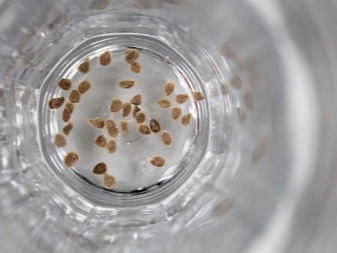
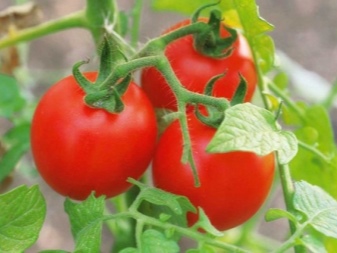
For fruit
- Cuttings. Most gardeners use the cuttings method to propagate fruit trees and bushes. The solution is used as a stimulant for active rooting of shoots. Cuttings with 2-3 leaves, cut down, are placed for a day in a 1% solution to a depth of 2 cm. On fragile shoots, it is advisable to wrap the cut site with a bandage or cotton wool. The tool will provoke the formation of new tissues and stems, and will also become an additional feeding for the already formed ones.
- Grapes respond positively to feeding with amber. Spraying its foliage in early spring and autumn with a 0.01% solution improves flowering, increases productivity, and also makes the plant more resistant to early frost.
- Processing of adult fruit trees (plum, apple, pear, apricot, cherry) protects them from fungal diseases and attacks of pests, activates flowering, while stimulating the growth of shoots.
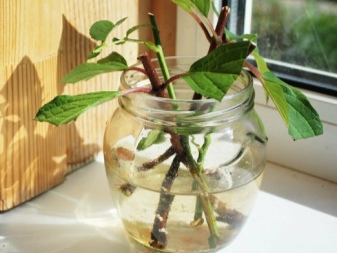
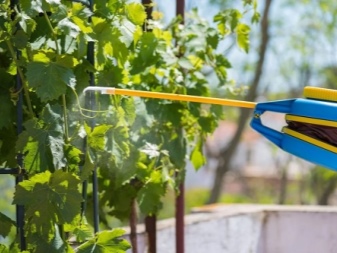
For indoor plants
Fans of domestic plants immediately appreciated succinic acid, with which they can be fed and achieve a decorative appearance, abundant flowering. This safe product is suitable for all colors and significantly increases the effectiveness of care.
- Foliar dressing (spraying). The most common method, which is suitable for a plant at any stage of its development. For healthy and high-grade cultures, a weak (0.01 percent) solution is used, which is used once every 2-3 weeks. For the weakened and sick, the concentration of the active substance is increased, and the treatment is carried out several times daily. Effect: increased branching, accelerated growth, more active formation of peduncles, prevention and treatment of diseases. It is not recommended to spray the plant during the flowering period and during the daytime, especially if the flower is in direct sunlight.
- Root dressing. Watering indoor plants with a solution of succinic acid is carried out for therapeutic or prophylactic purposes. For this, an agent with a base concentration of the active substance is used. A slight excess of the dosage is not dangerous for the plant. Effect: the soil microflora is restored, the occurrence of fungal diseases is prevented, the root system is strengthened even in damaged flowers.
- In some cases, when houseplants reproduce by seed, flower growers use soaking of seeds in a weak solution of amber. The same method can be used to revive plants with a damaged root system by placing it in a concentrated solution for 1-2 hours.
- You can activate the flowering of an orchid with amber-garlic water. You will need: a clove of garlic, 1 tablet of amber, 1 liter of warm water. Dissolve the acid in water, add the garlic passed through a press, and leave to infuse for a day. Filter the liquid before watering.
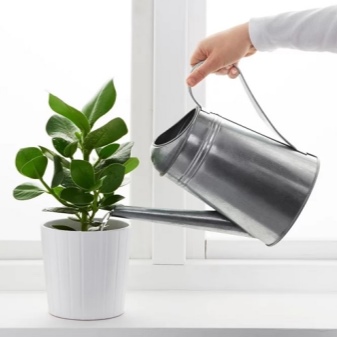
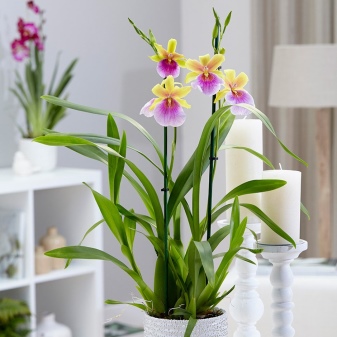
Review of expert reviews
The vast majority of gardeners and gardeners who used succinic acid solution for vegetation in their plots were satisfied with the result. Experts who have been using this affordable tool for more than one year are happy to share their experience and secrets of using it. For example, not everyone knows that long-term use of amber as a root top dressing leads to gradual oxidation of the soil, which is not liked by all vegetable crops.
According to the reviews of florists, succinic acid for plants is a kind of "magic wand", with the help of which even a dying culture can be brought back to life. Another positive quality is that it is suitable for all flowers, including citrus fruits. Especially positively, this tool has proven itself in the care of one of the most capricious flowers - orchids.
Despite the naturalness of the substance, farmers recommend observing the indicated proportions and terms of using the solution. The finished liquid quickly loses its properties, and if you use an old solution, then although it will not harm the culture, it will not be of any benefit either. Also, experienced specialists recommend combining the treatment with succinic acid with a full-fledged fertilizer. This allows the plant to be maximally enriched in nutrients.
Beautiful well-groomed plants are the pride of any gardener or florist. Horticultural crops need care and attention, for which they thank the lush and abundant flowering, high yields.
Succinic acid is one of the drugs that helps plants to reach their full potential.
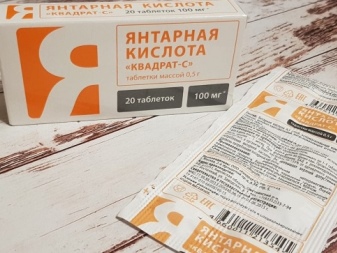

For information on how to use succinic acid to fertilize plants, see the next video.













The comment was sent successfully.